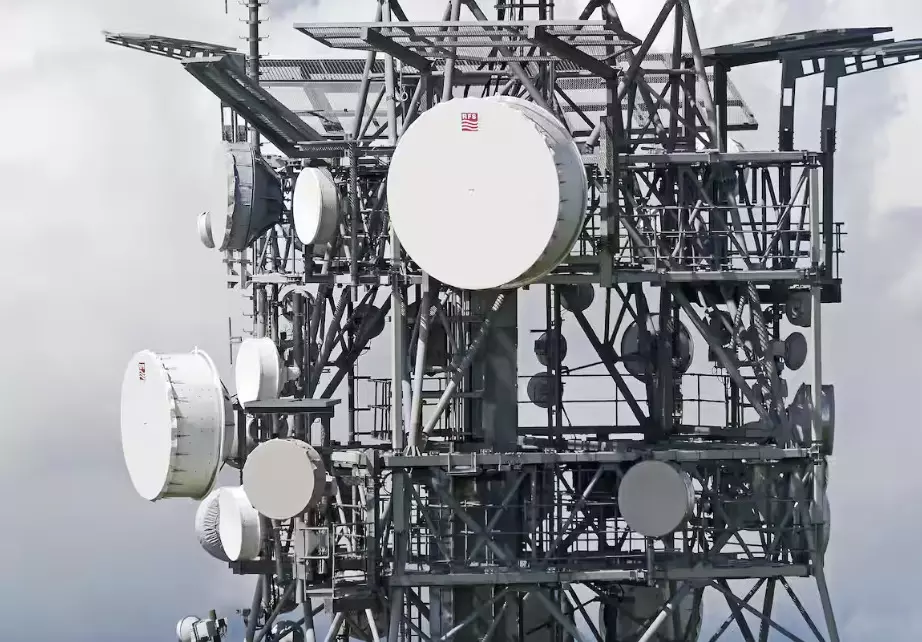Telcos' investment recovery falters; tariff hike backfires, price war with Satcom imminent.
Telcos' investment recovery falters; tariff hike backfires, price war with Satcom imminent.

The recovery of investments by the country's private telecom operators faces significant challenges in the New Year. Following mid-year tariff hikes, customers have been leaving in droves, and now satellite players, especially Elon Musk's Starlink, are eyeing a substantial share of the data business.
In 2024, private operators invested around ₹70,000 crore in telecom infrastructure and radiowave assets to expand 5G coverage, a key highlight of the year. However, attempts to recoup these investments through tariff hikes backfired, resulting in the loss of 2.6 crore customers from Reliance Jio, Bharti Airtel, and Vodafone Idea due to a 10-26% price increase. Conversely, state-run BSNL, which refrained from hiking prices, saw an influx of 68 lakh subscribers despite still offering 3G services.
The need to recover investments and further invest in 5G remains urgent for private players to drive future growth. According to Prashant Singhal, EY India Markets and Telecom leader, the cumulative investment by Reliance Jio, Bharti Airtel, and Vodafone Idea was around ₹70,200 crore in 2024. To support the 5G ecosystem, the telecom infrastructure sector is projected to require an investment of ₹92,100 crore to ₹1.41 lakh crore between 2022 and 2027, says Digital Infrastructure Providers Association Director General Manoj Kumar Singh.
Union Minister Jyotiraditya Scindia has backed the tariff hikes, emphasizing the need to recover investments. The rollout of 5G services in 2024 has paved the way for adopting emerging technologies like artificial intelligence, presenting significant growth potential. The number of 5G base transceiver stations surged from 412,214 in December 2023 to 462,854 by November 2024, according to DIPA.
However, a new threat looms from satellite broadband service providers, who have been lobbying intensively on the spectrum allocation issue. Private telecom operators, led by Reliance Jio, are vehemently opposing the administrative allocation of spectrum to satellite broadband providers like Starlink, fearing it will undercut their market share.
The government’s decision to allocate satcom spectrum without an auction has sparked political controversy, reminiscent of the 2G spectrum allocation scandal, which caused a notional loss of ₹1.76 lakh crore to the exchequer. Minister Scindia reiterated that spectrum allocation to satcom players would be done at a price recommended by the Telecom Regulatory Authority of India.
Analysts warn that the entry of satcom players could delay further tariff hikes by telcos, potentially triggering a price war that might lead to financial stress and lower network investments. Vodafone Idea, already burdened with debt, has awarded a ₹30,000 crore contract for 4G and 5G equipment to Nokia, Ericsson, and Samsung over three years.
GX Group CEO Paritosh Prajapati remains optimistic about continued investment in the telecom sector, while Prashant Singhal cautions that the industry must balance tariff rationalization with maintaining subscriber satisfaction. Singhal emphasizes the importance of including low-paying customers in the data-led digital economy to support inclusive development.
India’s internet economy is projected to grow six-fold to about ₹80 lakh crore by 2030, according to a joint report by Google, Temasek, and Bain & Company. Telecom industry body COAI has called for revenue sharing with foreign tech giants like Google and Facebook, which generate significant bandwidth-consuming content without bearing infrastructure costs.
The telecom sector also grapples with equipment theft, incurring losses of around ₹800 crore in 2024, affecting 4G/5G expansions and service quality. Additionally, the year ends with the unresolved issue of scam calls, exacerbated by 5G networks and advanced AI.

